In the south of the Mecklenburg Lake District lies the community of Rechlin. We found the Aviation Museum on the outskirts of the village very interesting, an excursion destination for all weathers.

Why is there an Aviation Museum in Rechlin?
In 1916, the Flieger-Versuchs- und Lehranstalt was established in Rechlin on behalf of the Prussian War Ministry. Flights with the prototype of the Fokker D.VII, for example, took place here. After the First World War, the facilities had to be dismantled due to the stipulations of the Treaty of Versailles. Germany was forbidden to engage in the development and construction of aircraft. In 1922, Germany concluded the Treaty of Rapallo with the Soviet Union, which made it possible to circumvent the Treaty of Versailles. This made it possible, at first secretly, to train flying personnel and test aircraft. From 1925 onwards, it was officially possible due to relaxations in the Treaty of Versailles.

The first aircraft hangar with working and living quarters was built in Rechlin. Two Junkers aircraft hangars and an engine test stand followed.
When the National Socialists seized power, a lot of money and know-how flowed into Rechlin. The country’s leading technicians and engineers were ordered to the site, and residential quarters were built in the so-called “Meistersiedlung”. This was followed by the construction of laboratories, administrative buildings, barracks, …..
Rechlin developed into a testing site for the Luftwaffe. Here the serviceability of aircraft and equipment was to be tested. New aircraft types were also put to the test in Rechlin before they were put into service.

In August 1944, the first planned major attack was carried out by the US Air Force, and the damage eventually brought operations to a standstill. In May 1945, the Red Army took over the test site.
After the war, Rechlin became a garrison of the Soviet armed forces. The airport in Lärz was a base for fighter-bombers and helicopters, and the members of the armed forces lived in Rechlin and in the barracks of the former testing site.

The NVA (National People’s Army of the GDR) used part of the facilities to house a radio engineering battalion of the air force, a radio measurement jamming company of the air force and a training battalion of the radio engineering regiment. From 1963, the site then served as the central intelligence depot of the GDR Ministry of Defence.
In June 1948, the Rechlin shipyard was established, which built sports boats and lifeboats, among other things.
Foundation of the museum
Showing the history of Rechlin was the idea behind the founding of the Aviation Museum.
In 1993, the “Förderverein Luftfahrttechnisches Museum Rechlin e.V.” was founded to compile the aviation history of the region. The location for the museum was quickly found. The buildings at the main entrance of the former test site and about 10,000 m² of land were purchased by the municipality and the association. The concept for the museum was drawn up in cooperation with other museums and military historians and donations were eagerly collected. The buildings had to be extensively renovated. Piece by piece, it was possible to create the museum as it is presented to visitors today.

Tour of the Aviation Museum Rechlin
When you enter the museum grounds, you first stand in a large outdoor area. Here you can take a closer look at some ships and military aircraft, such as the MiG 23.
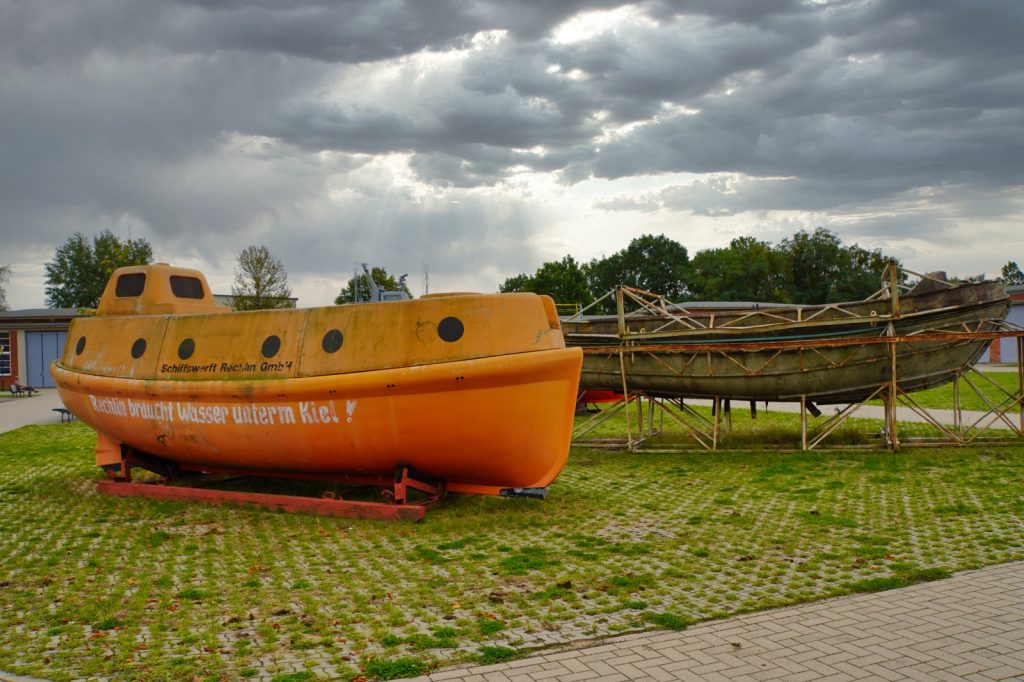
We then walked through the exhibition areas in the buildings.
In one building there were exhibits belonging to the time when the site was used by the Soviets. There was not much to be found in the buildings after the handover. The large colourful pictures, for example, are painted wallpaper that has been carefully removed from the walls. Who painted them is not known, nor is the interpretation of the motifs entirely clear. They could be motifs from the world of Russian fairy tales and legends.
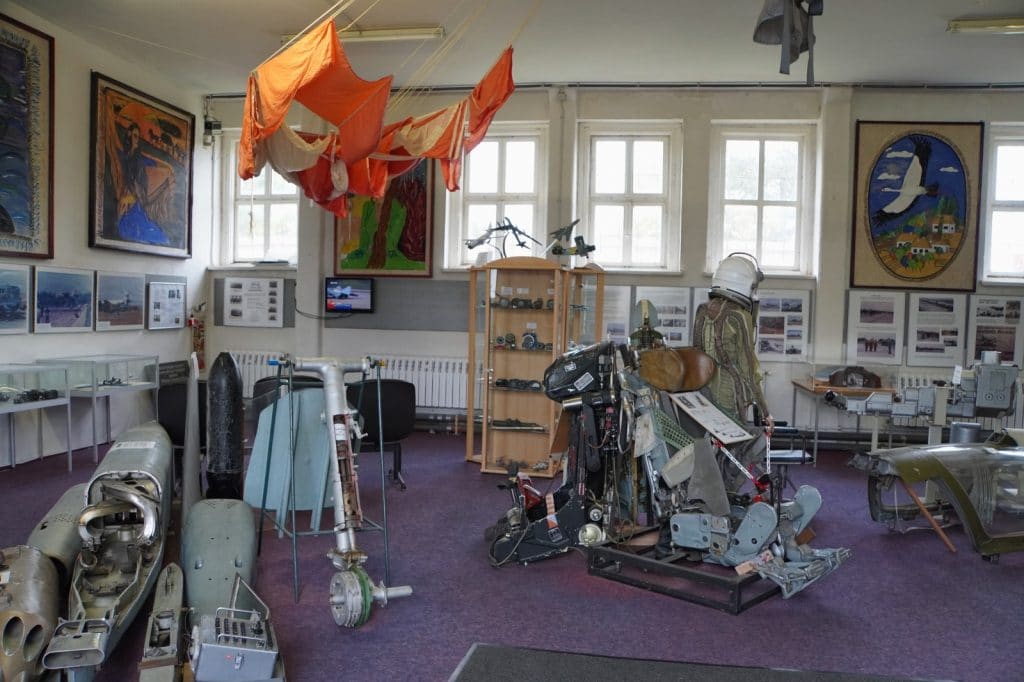
Many of the other exhibits in this room are found objects from the surrounding area. I was very impressed by the pictures on display, as they show me a glimpse into a completely unknown world.

If you wander through the other exhibition halls, you take a short journey through the history of aviation. There are preserved and restored aircraft to see. These were used by different armed forces. I always find it amazing what different shapes the aircraft have. I was quite surprised when I discovered a Siemens Schuckert D.III. This type of aircraft was used as a fighter plane in the First World War and was built entirely in the Schuckert factory in my home district of Berlin, Siemensstadt.

There are also models of aeroplanes in the exhibition. Not all of them should really be taken seriously.
Quite small and inconspicuous, I discovered a little story in a corner of the exhibition that I really want to report.

The actor Heinz Rühmann, whom I always loved to see in films, was stationed in Rechlin for a while. Rühmann himself wrote down how he got there and what he experienced there.
I particularly liked the idea that Rühmann was able to take part in a cross-country march by bicycle because of a sore meniscus. Yes, even in the military there is “celebrity status”.
Those who would like to learn more about the work at the Rechlin shipyard will also find a lot of information and some interesting exhibits at the Rechlin Aviation Museum.
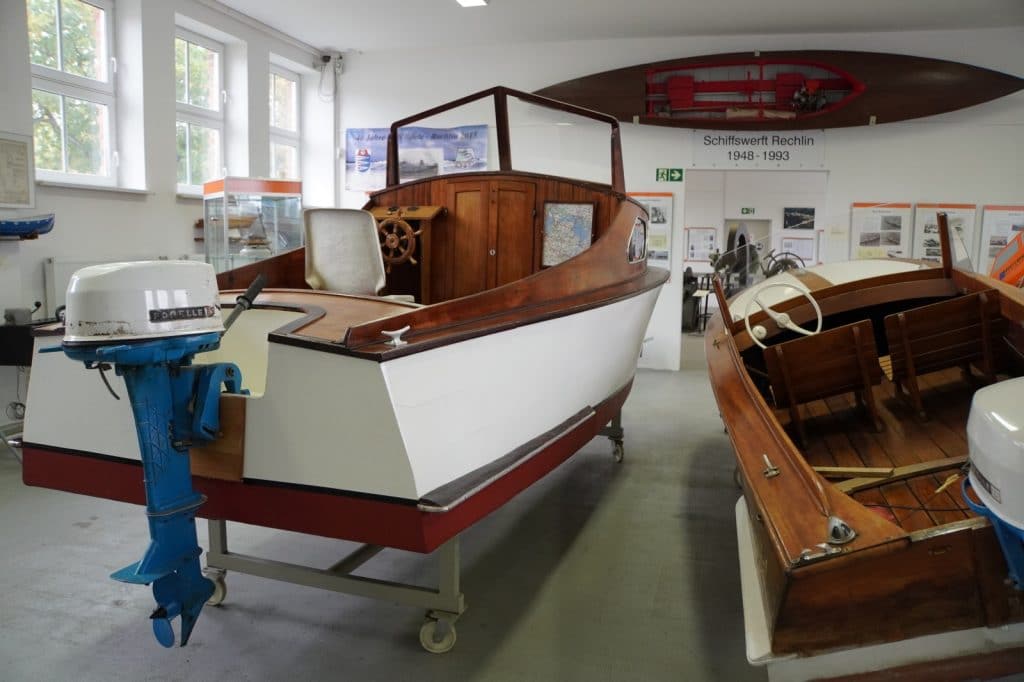
The museum is not big and it doesn’t take forever to see everything. You should definitely read the information boards. There is not only information about flying, but also a lot about the history of the region.
Address:
Luftfahrttechnisches Museum Rechlin e.V.
Am Claassee 1
17248 Rechlin
www.luftfahrttechnisches-museum-rechlin.de
Opening hours:
April-October
daily: 10- 17 h
Easter
Friday – Monday: 10 – 17 h
February-March
Monday – Thursday: 10 – 16 h
Friday: 10 -15 h
Admission prices
Adults (up to 12 years): 12,- €
Discounts are offered.















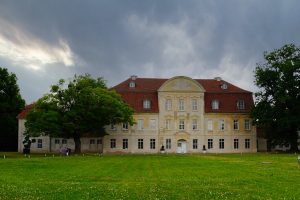

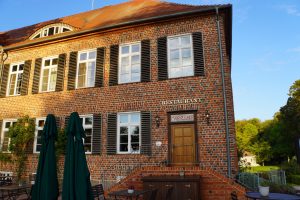



Leave a Reply